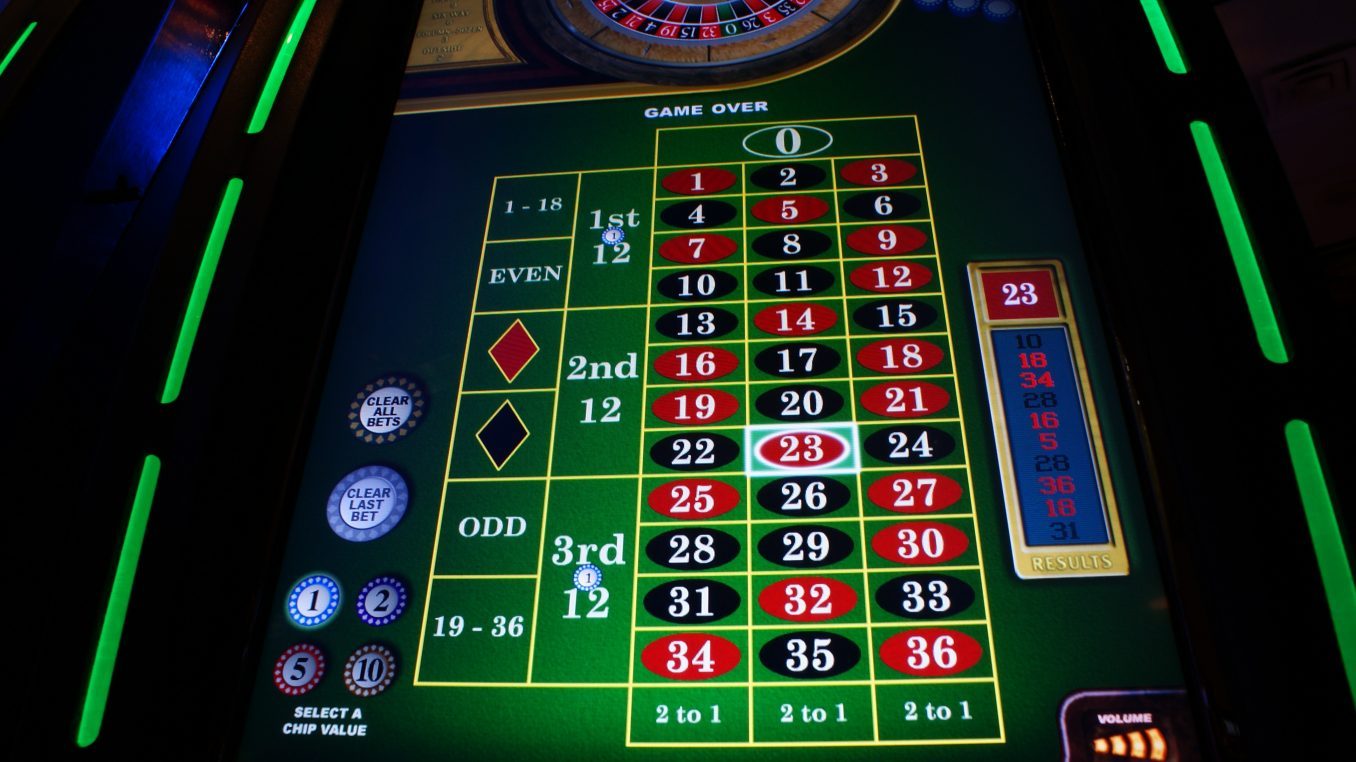
The world of gambling entertainment has long enthralled participants with its combination of adventure, tactics, and the suspense of chance. With tech advancements progresses and the gambling landscape transforms, an new approach known as gamification has begun to transform the way we engage with these iconic games. By incorporating game-like features such as challenges, prizes, and monitoring advancement, gamification raises player involvement and changes the old-fashioned casino atmosphere into a more interactive and engaging space.
This approach in gambling entertainment not only draws to experienced gamblers but also invites a new generation of participants who desire a more engaging adventure. Featuring features that promote involvement and build community among players, the game-based elements breathe fresh energy into cherished favorites like casino poker, 21, and slot machines. As we dig deeper into this phenomenon, we will explore how this trend is redefining the casino experience, making it far accessible, entertaining, and rewarding for all involved.
Understanding Game Elements
Gamification is the utilization of gaming aspects in non-game contexts to boost user involvement and interaction. In the domain of gaming, this idea has gained significant attention, changing conventional gaming into a more dynamic and satisfying adventure. By integrating features such as scores, levels, and prizes, casinos can establish an ecosystem that encourages players to engage more frequently and for longer periods.
At the heart of gamification is the urge to tap into the internal motivations of players. Casino games that utilize gamification techniques are designed to not only delight but also to promote competition and success. Players are often attracted to the prompt responses and advancement monitoring that these features provide. This not only retains them engaged but also fosters a sense of achievement as they reach goals and access fresh elements.
Furthermore, gamification can boost social interaction among players, fostering a social atmosphere that improves the satisfaction of gaming experiences. Features such as leaderboards, team challenges, and collaborative tasks allow players to link with others, share stories, and compete in a friendly manner. This social aspect adds an extra facet to the gaming experience, making it even more engaging and pleasurable for players.
Effect on Player Involvement
Game design methods in casino games have remarkably altered the way players engage with their beloved activities. By including aspects such as rewards, rankings, and trophies, casino operators create an environment that promotes a stronger relationship between users and the activities they enjoy. This increased engagement contributes to longer gaming sessions and boosted player commitment, as users endeavor to unlock new stages or receive exclusive rewards.
Additionally, the social component of interactive casino games cannot be dismissed. Many sites allow gamers to compete against friends or other users, which introduces a level of thrill and friendship. This contest drives engagement by accessing into users’ drive to compete, motivating them to come back for additional in order to enhance their ranking or display their accomplishments. serbu4d As a result, the social interactions foster a sense of community that keeps gamers returning.
Furthermore, the immediate recognition and recognition provided by gamification serve to inspire players. It may be a message of a new milestone or the excitement of earning a reward, these instant rewards play a crucial role in maintaining engagement. By regularly providing users for their efforts, casino games become more than just a pastime; they transform into an immersive engagement that entices users and improves their overall experience.
Trends in Casino Game Design
The entire landscape of gambling game design is regularly evolving, driven by tech innovations and changing player preferences. One important trend is the integration of immersive technologies, such as VR reality and AR reality, to enhance the gaming experience. Such technologies create a more engaging environment, allowing players to perceive as though they are in a real casino, which can lead to prolonged play sessions and heightened player satisfaction.
A further trend is the inclusion of storytelling elements into casino games. Game designers are focusing on narratives to create a stronger connection between the player and the game. This narrative-driven approach not only makes the games more enjoyable but also motivates players to engage emotionally, which can enhance their complete experience. By combining traditional gaming mechanics with engaging stories, developers are drawing in a wider audience who may not have previously engaged with casino games.
Finally, the growth of social gaming features is reshaping how players interact with casino games. Many games now feature social elements, such as sharing achievements or challenging with friends, to promote community and engagement. This trend reflects a move towards a more interactive experience, where players can connect with others, sharing their excitement and challenges. As casinos adapt to these social dynamics, the experience of gaming becomes not just about individual play, but also about building connections among players.
